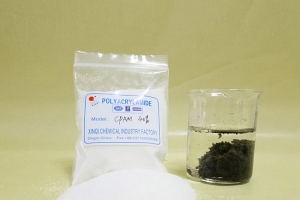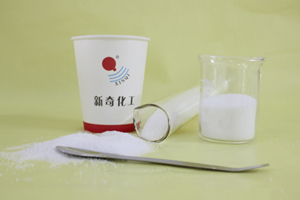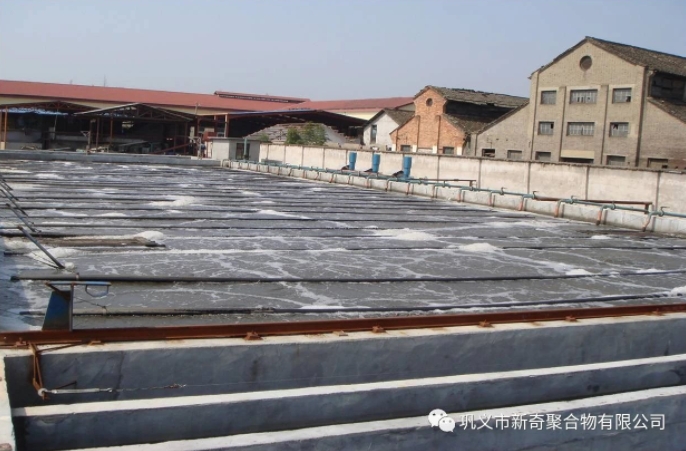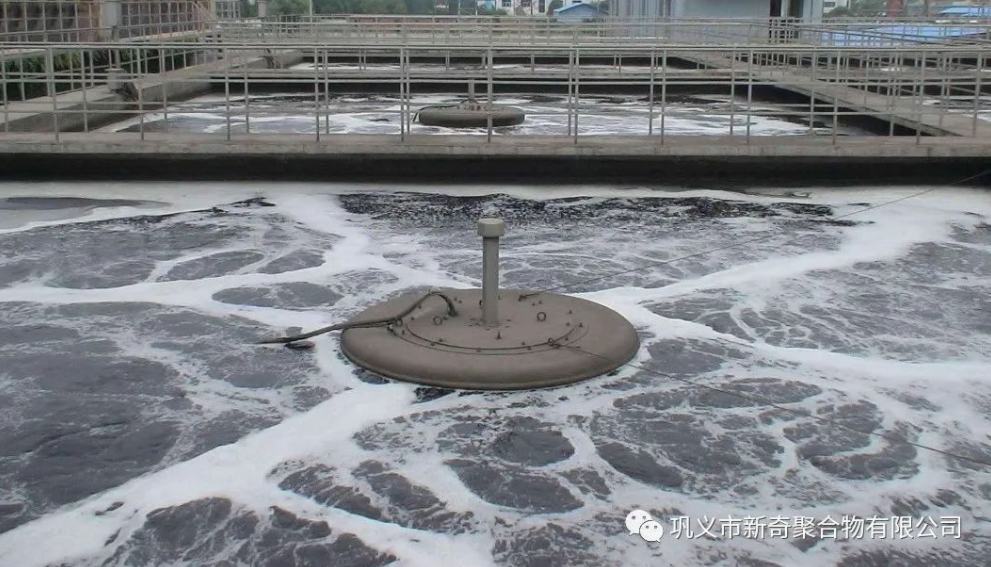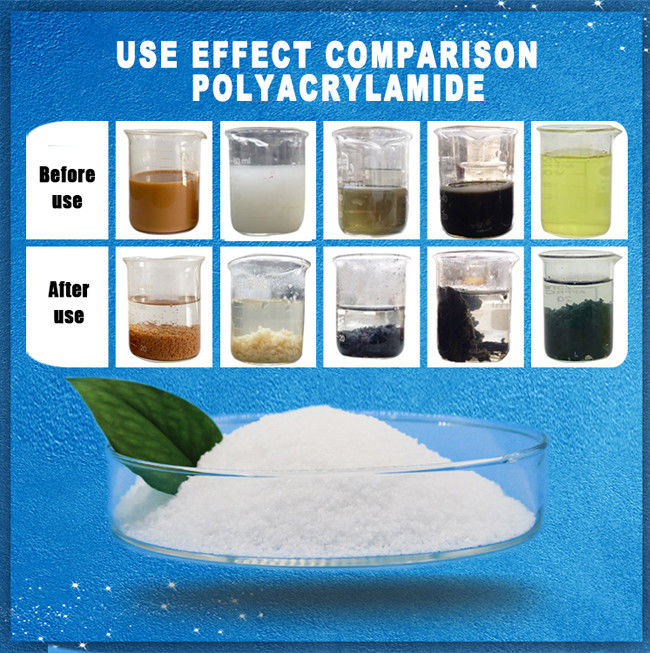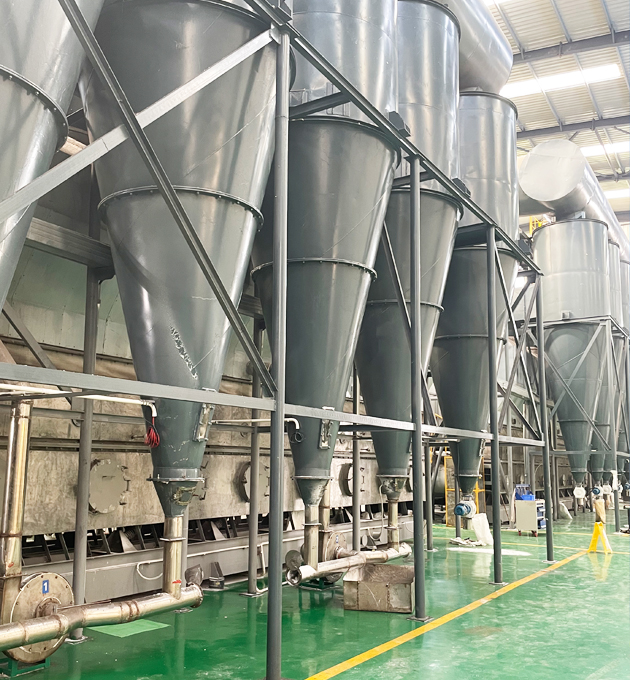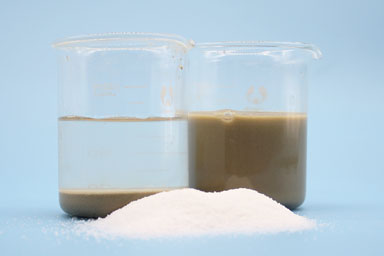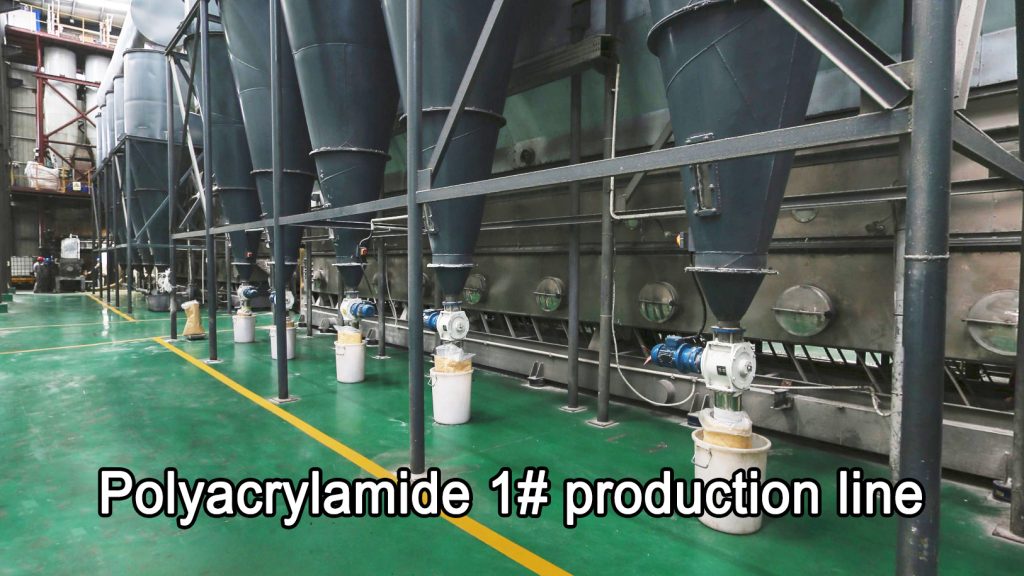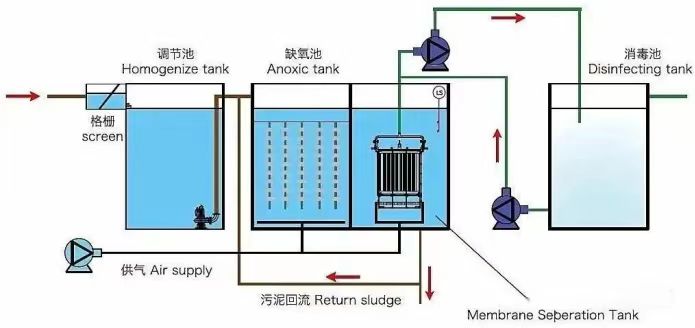Is polyacrylamide used in water plants anionic or cationic?
Common use of cations Generally, cationic polyacrylamide is used as a dewatering conditioner for sludge in water plants. However, water plants only use a little desludge agent in the pre-stage, and generally do not use it in the later stage, because there is not so much sludge in water plants. It is generally used in …
Is polyacrylamide used in water plants anionic or cationic? Read More »

